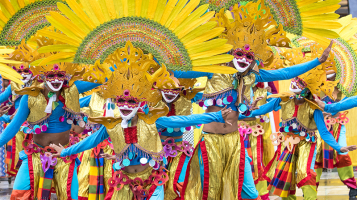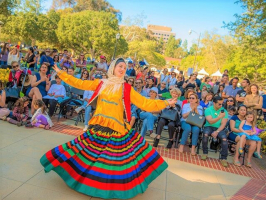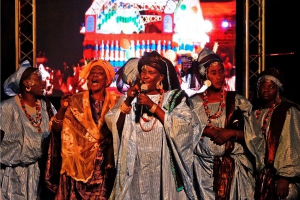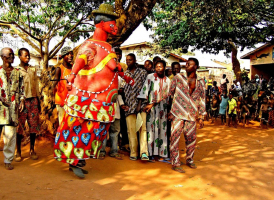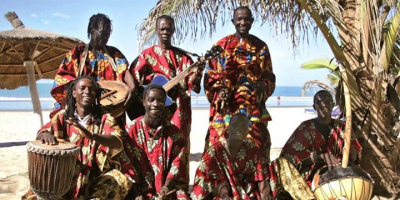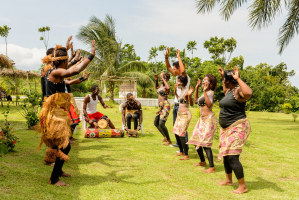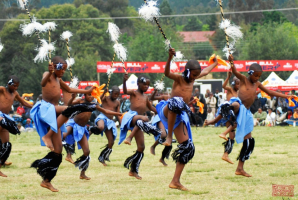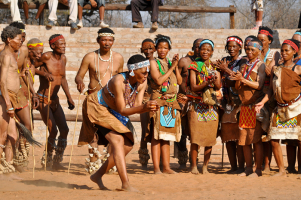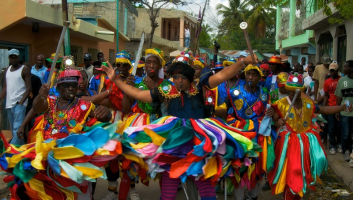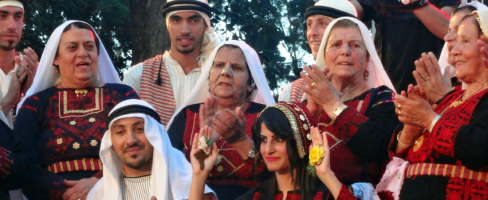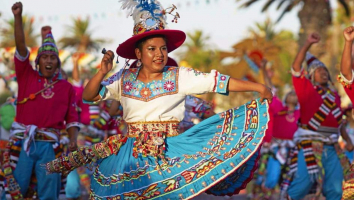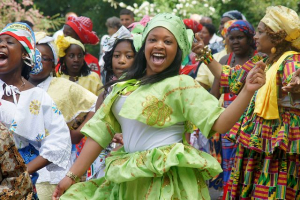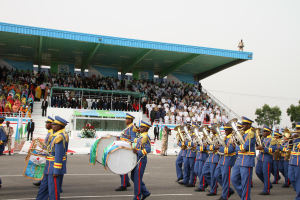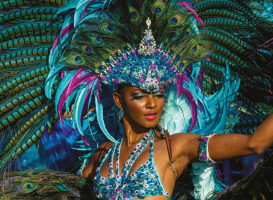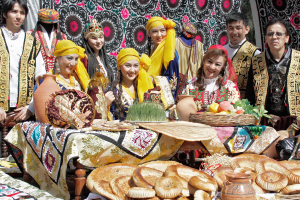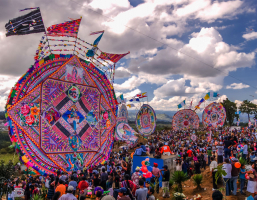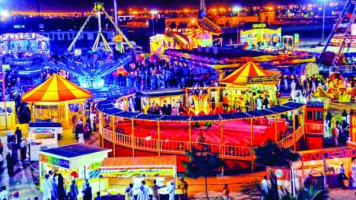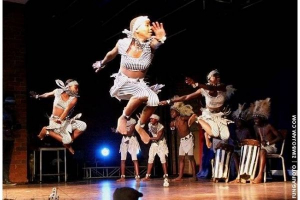Top 5 Most Famous Festivals in Slovakia
Festivals are one of the most important symbols of Slovakia's rich culture. You can choose between historical, modern, folk, or otherwise traditional festivals ... read more...among the many that decorate not only the summer but other seasons as well. The list of the most famous festivals in Slovakia was compiled to highlight the variety of opportunities available; there are numerous traditional, cultural, modern, and multi-genre festivals to choose from.
-
To begin our list of the most famous festivals in Slovakia, Toplist would like to introduce to you the Pohoda festival. Pohoda is a summer music festival in Slovakia that was founded in 1997 in Trenčín. It is the largest Slovak music event held each year. The current location is Trenčín Airport. Alternative music, rock, pop, dance music, world music, house, techno, drum and bass, hip hop, but also theatre, discussions, chamber music, dance, and literature workshops are featured at the festival. The actual attendance record from 2009 is 33,000 people per day. Since 2010, the festival's capacity has been set at 30,000 visitors.
The first festival, held on June 29, 1997, was called "Kráľovská Pohoda". It was held at the Trenčín town stadium. The event was attended by approximately 2,000 people, but only 140 tickets were sold. There were four Slovak bands, three Czech bands, and one Russian band performing.
Pohoda 2021 was supposed to take place from Thursday, July 8, to Saturday, July 10, 2021. FKA Twigs, The Libertines, Wolf Alice, Metronomy, Archive, Black Midi, Shame, and Kokoroko were among the notable acts confirmed for 2020. Due to the ongoing pandemic and attendance limits on large-scale events, the event was replaced with a series of five one-day festivals called Pohoda on the Ground, with the same headliners performing each day. Dry Cleaning and Altın Gün were two of the most notable acts.
Takes place: First half of July (3 days)
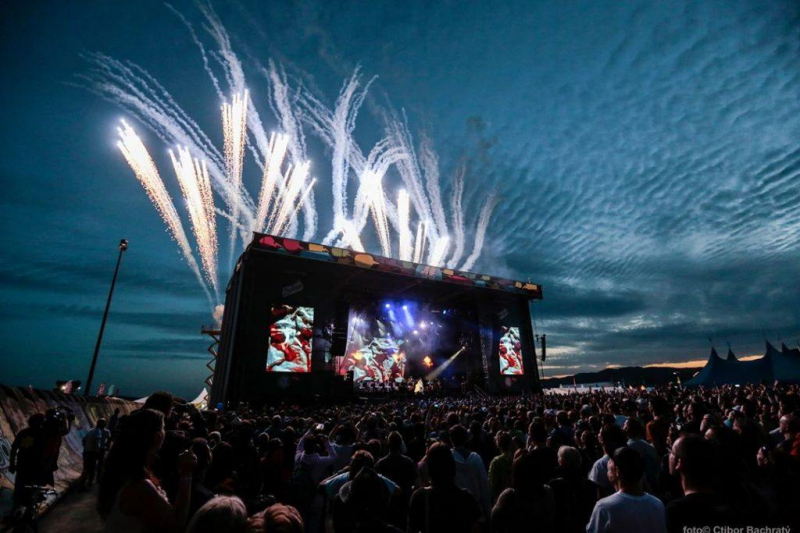
radseason.com 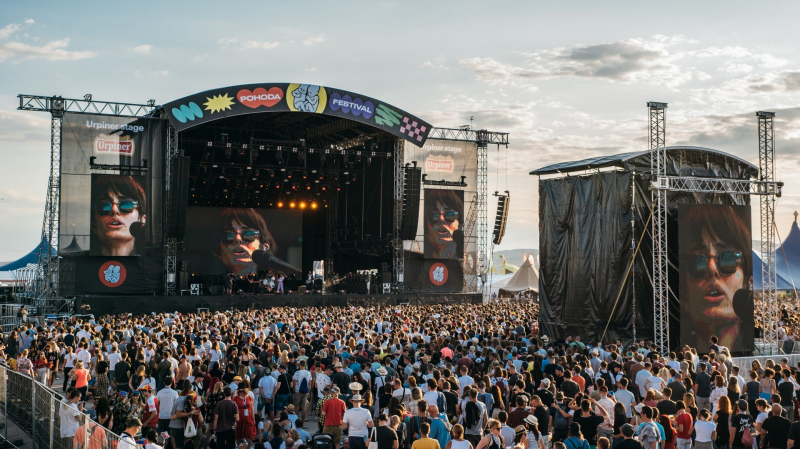
kafkadesk.org -
If Pohoda was founded on the foundation of rock (as well as punk and metal music), it would be known as Topfest. The atmosphere is a little different – let's say it's a little more rock and metal, with all the characteristics associated with these genres. The lineup features many well-known names from the Slovak and international rock and metal scenes. As a result, Topfest Festival is a metal and rock music festival held in Zelená Voda, Slovakia, near Nové Mesto nad Váhom.
The biggest cheers are reserved for the heavy metal and rock acts who entertain the energetic Slovakian masses at this open-minded festival in nature that champions artists from all over Europe. Over the years, the Topfest stage has been graced by a heady mix of contemporary big guns such as Thirty Seconds To Mars and Rag 'n' Bone Man, as well as global rock royalty such as Iron Maiden and Guns 'n' Roses. Topfest, now in its 15th year, continues to live up to its reputation as Slovakia's premier rock festival.
Takes place: end of June (3 days)
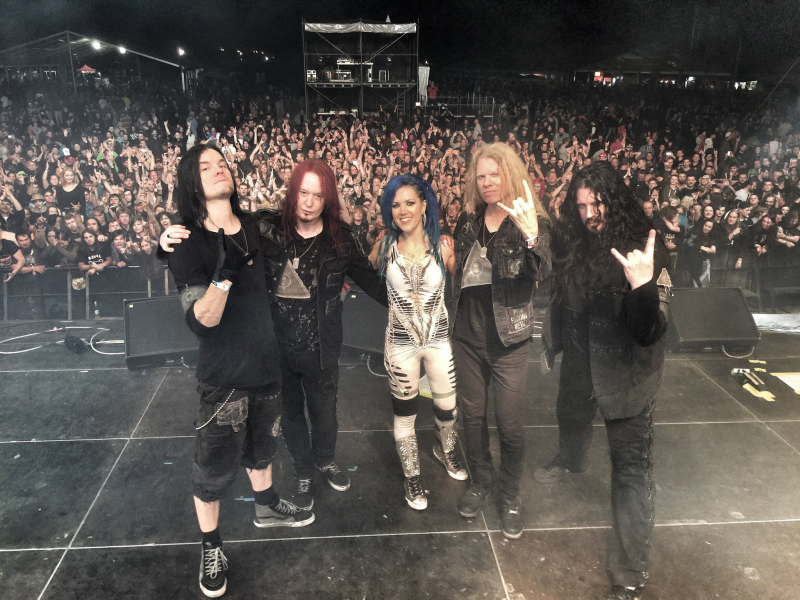
Photo: Arch Enemy's Facebook 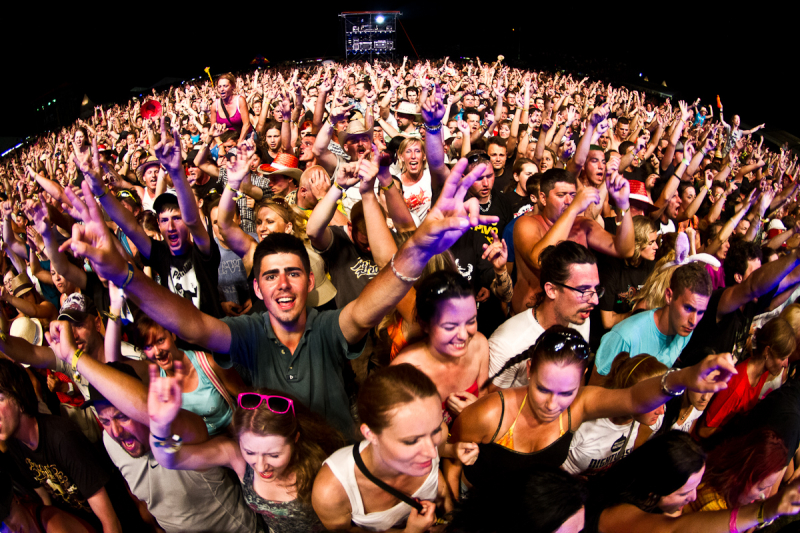
musixphoto.com -
The third one on the list of the most famous festivals in Slovakia that Toplist would like to introduce to you is Folklore Festival Východná. The Folklore Festival Východná is Slovakia's oldest and largest national festival, with international participation. Every year, on the first weekend of July, the beautiful village Východná, located near the High and Low Tatras, transforms into the center of Slovak culture, bringing folk traditions to life.
The first Folklore Festival Východná took place in 1953. Members of the Eastern ethnographic group Krivá were successful at the Strážnice festivities and decided to start a similar tradition in Slovakia. At the first Ethnographic Song and Dance Festival, folklore groups from Východná, Važec, Štrba, Liptovská Teplička, Liptovské Sliače, Hladovka and Sihelné performed. The amphitheater was built in 1954. It took on a national flavor and a new name, "Celebration in the Východná," in 1956.
The Folklore Festival Východná is now a display of the results of the regular and systematic work of many institutions, organizations, associations, and individuals involved in the preservation of traditions in the field of traditional folk culture.
During its 66-year history, the festival has become Slovakia's most acclaimed festival of traditional folk culture. The festival features approximately 1400 performers, including winners of the national competition for folk groups, children's folk groups, traditional folk music groups, singing groups, and dance groups.
The festival features traditional folk craftsmen, producers, and artists, as well as a variety of interactive and entertainment programs, including dancing, singing, and musical performances, singing workshops, creative craftsmanship programs, and children's activities. The Folklore Festival Východná is a celebration of traditional Slovak folklore, and its existence contributes significantly to the revival, preservation, creative development, and public presentation of the culture's rich values.
Takes place: the first weekend of July
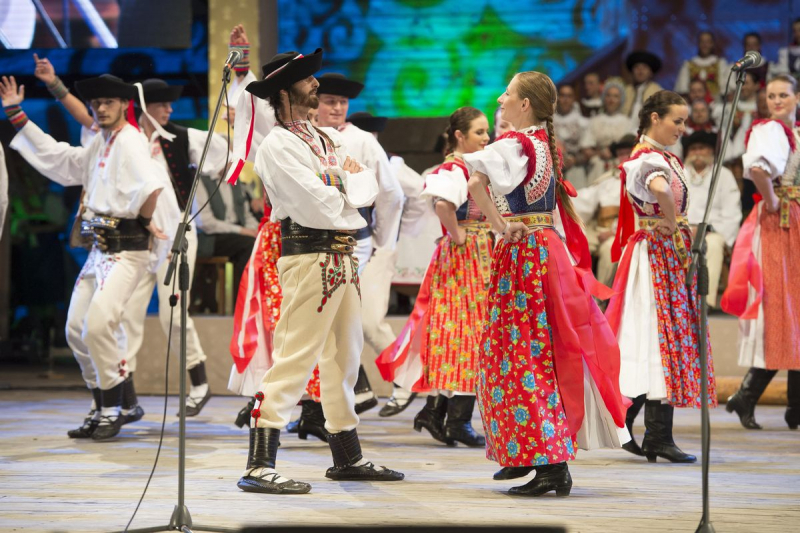
slovakia.travel 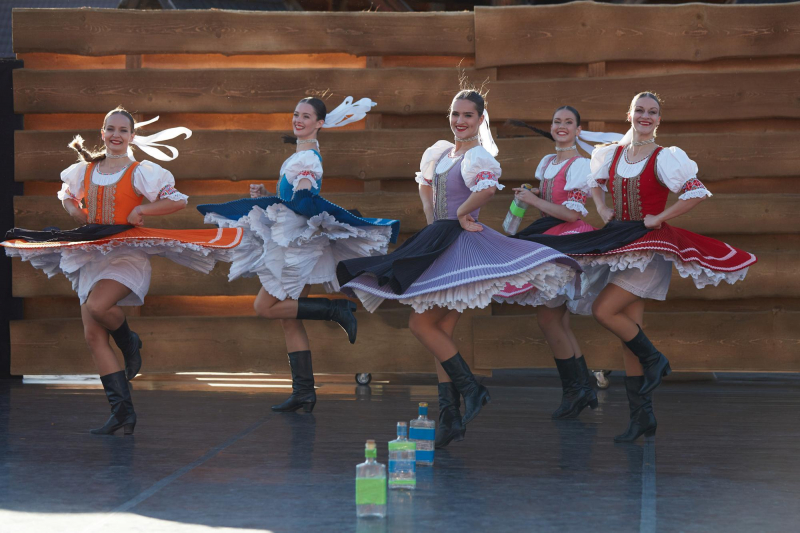
festivalvychodna.sk -
Terchová will come to life with folklore during the annual Jánošík's Days folklore festival, which will take place in August and is one of the famous festivals in Slovakia. The International Folklore Festival, dedicated to Slovak national hero Juraj Jánošík, has gained a unique position among other such Slovak festivals and has been named the tourist attraction of the year several times. The festival honors the legendary Juraj Jánošík and Terchová's archaic folk music, which has been listed on the UNESCO Representative List of Humanity's Intangible Cultural Heritage since 2013.
Jánošík Days last five days in beautiful surroundings, and the organizers have planned a traditionally diverse and varied program featuring Juraj Jánošík theme variations. The festival includes world music concerts, exhibitions, presentations of traditional folk crafts, a theatrical performance, film screenings, and support events in addition to the main theme of folklore. Visitors to the festival will also witness an attempt to set a new record for the largest number of accordionists playing together.
Aside from the dominant folklore, exhibitions at the festival's opening program, "Symbols of Grief & Crosses of Slovakia" also present artworks by Ivan Köhler. The audience-favorite horse wagon parade, a tradition since 1968, is an essential component of Jánošík Days, with its proud and costumed horsemen and musicians playing in the wagons. It is the well-known signature event of Jánošík Days and is celebrating its 51st anniversary.
Takes place: August (5 days)
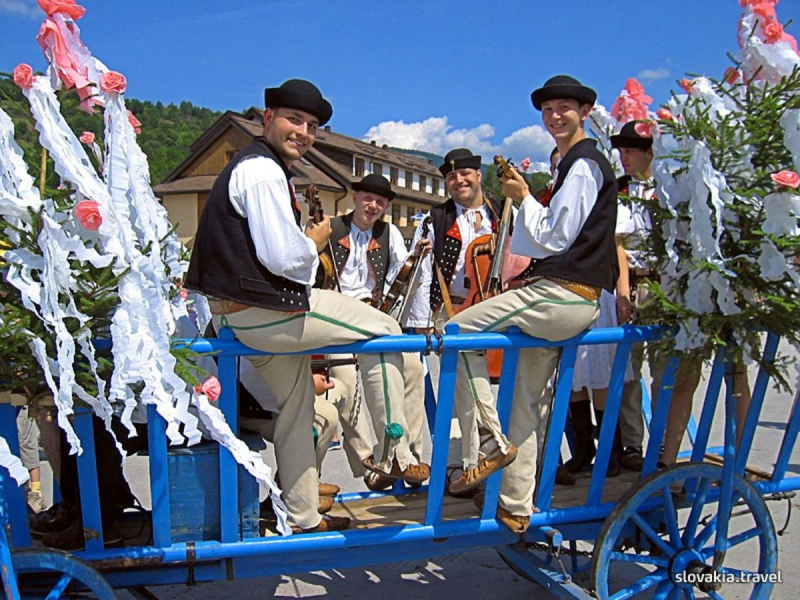
slovakia.travel 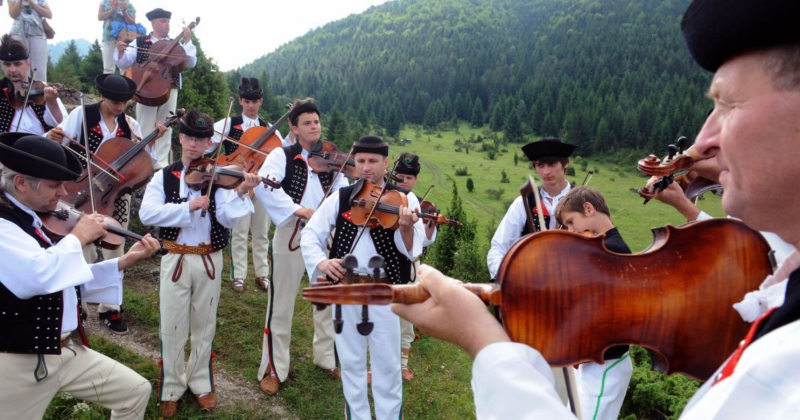
slovakia.travel -
Salamander Days in Banská Štiavnica celebrate the former fame of Slovakia's most beautiful mining town, commemorating over 800 years since it was first mentioned. This is also why, due to its unique symbiosis of architecture, environment, and technical landscape, Banská Štiavnica and its surroundings have been listed on the UNESCO World Heritage List since 1993. Salamander Days has become one of the famous festivals in Slovakia.
Salamander Days is held annually on the first or second weekend of September and lasts from Friday to Saturday. The Days, which began as part of the student rituals of the Mining and Forestry Academy in Banská Štiavnica and later became the Day of Miners, are concluded by a carnival procession.
Banská Štiavnica became a significant center of academic life after the founding of the Mining Academy in 1762, with a rich and vibrant student and social life. The Salamander Days Parade has been preserved as a symbol of historical continuity up to the present day. According to legend, the city's name is derived from the winding motion of the salamander (amphibian), which brought glory to the city. The first Salamander Parade took place in 1934, with the introduction of Miners' Day, and has been organized ever since. The traditional market known as Štiavnické trhy is an inseparable part of the event, with a diverse cultural program, exhibitions, and spectacles. It has been held on an annual basis since 1992. The Salamander Parade was inscribed on Slovakia's National Inventory of Intangible Cultural Heritage in 2013.
Are more than just a carnival for Štiavnica miners; over time, this has evolved into a gathering place for miners, ironworkers, geologists, and oilmen from all over Slovakia. Mining experts consider the Salamander Days to be a Slovakia-wide event that draws on the rich history of university education in Banská Štiavnica as well as the diverse habits of former Mining and Forestry Academy students, who are the original authors of the Salamander Procession.
Salamander Days attract not only visitors from all over Slovakia, but also admirers and repeat visitors from abroad, due to their uniqueness. During this carnival, university students and teachers from various Hungarian towns enjoy returning to Banská Štiavnica, as this is where the roots of their current mining universities can be found. Friday is the highlight of Salamander Days, with the unique Salamander Procession being the carnival's main event.
It is led by the chief shepherd, who holds a wooden lizard in his hand, representing a story about the mines' origins. The chief shepherd is followed by bergmans (miners' dwarfs), miners in historical uniforms holding flags of specific mines, mining music, and symbolical characters (Death, Rabbi, Executioner, Judges). The procession begins after dusk to highlight the light of candles and burners.
Takes place: the first or second weekend of September
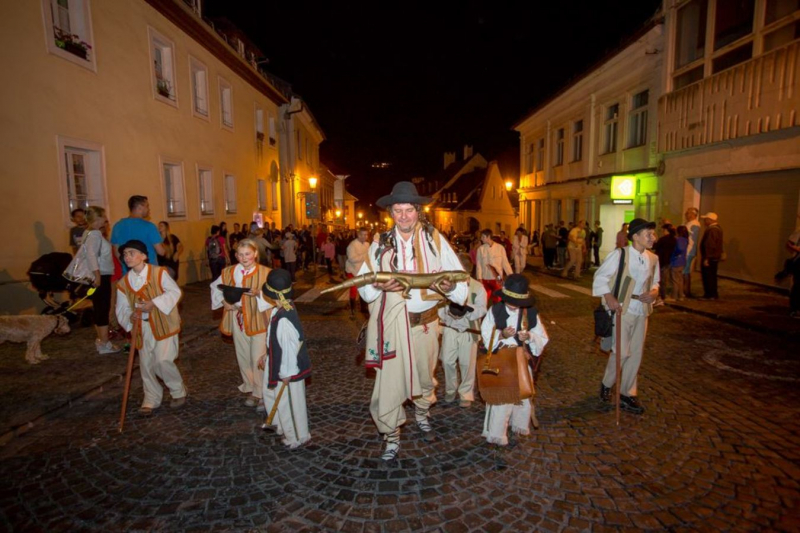
slovakia.travel 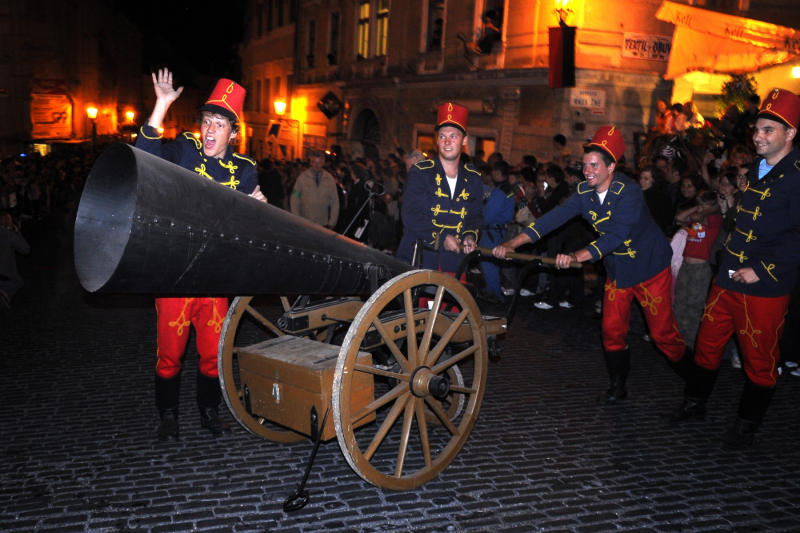
visitworldheritage.com







